Search by Topic
- Acid Reflux 1
- CDC 1
- CT Scans 1
- Corticosteroids 1
- Delta Variant 1
- Flu vaccine 1
- GERD 1
- Gastroesophageal Reflux Disease 1
- HEPATITIS C 1
- Intermittent Fasting 1
- Johnson and Johnson 1
- KETO DIET 1
- MDVIP 1
- MS 1
- Masks 1
- Men's Health 1
- Moderna 1
- Multiple Sclerosis 1
- Pfizer 1
- Plenity 1
- Tryptophan 1
- alcohol 1
- alcohol abuse 1
- aspirin 1
- blood pressure 1
- bone health 1
- calcium 1
- cardiovascular 1
- cardiovascular disease 1
- cholesterol 1
- coconut oil 1
- coronary plaque 1
- coronavirus 12
- covid vaccine 4
- covid-19 19
- covid-19 in Children 1
- covid-19 testing 1
- deep venous thrombosis 1
- diabetes 2
- diet 1
- emotional wellbeing 1
- exercise 2
- fitness 1
- flu 3
- flu vaccine 1
- healthy holiday 1
- healthy living 1
- hearing 1
- heart disease 1
- heart disease prevention 1
Urinary incontinence--the loss of bladder control causing unintended leaking of urine—is a common problem seen more often in women than men. Up to a third of American adults have urinary incontinence that affects their quality of life.
Temporary causes can include drinks (alcohol, caffeine, carbonated beverages), foods (chocolate, chili peppers, and other very spicy foods), medications (heart and blood pressure medications and sedatives) and medical conditions including urinary tract infections and constipation.
Persistent causes include pregnancy, childbirth, aging changes, menopause, hysterectomy, enlarged prostate, prostate cancer, obstruction, and neurological disorders such as multiple sclerosis and Parkinson’s disease.
Common Types of Urinary Incontinence
Overactive bladder (OAB) is also called urgency incontinence, affecting 30% of men and 40% of women. Neurologic signals may tell the bladder to empty even when it isn’t full, or in other cases, the bladder muscles may be too active. The main symptom of OAB is the sudden urge to urinate. OAB is common in men with prostate problems and in women after menopause.
In stress urinary incontinence (SUI), common in older women, the pelvic floor muscles have weakened, allowing urine to leak due to coughing, sneezing, laughing, exercising and lifting something heavy.
Mixed urinary incontinence combines OAB and SUI, resulting in urine leaking with activity and frequent urges to urinate. With overflow urinary incontinence, the body makes more urine than the bladder can hold, causing the bladder to leak urine. This type of incontinence is more common in men who have prostate problems or have had prostate surgery.
Prevention Strategies
To decrease your risk of incontinence you should maintain a healthy weight, avoid bladder irritants (caffeine, alcohol and acidic foods), increase dietary fiber to help prevent constipation, and refrain from smoking or seek help to quit smoking.
Treatment
Treatment for urinary incontinence depends upon the type of incontinence, its severity, and the underlying cause. Sometimes a combination of treatments may be needed.
Behavioral techniques including bladder training (briefly holding urination after the urge to urinate), scheduled toilet trips and fluid and diet management are the bedrock of therapy.
Pelvic floor muscle exercises such as Kegel’s exercises, in which the patient imagines that they are trying to stop urinating by contracting pelvic muscles, have been recommended for years.
Physical therapists who specialize in pelvic health and rehabilitation can provide individualized programs that help patients to strengthen weak muscles, relax tight muscles, retrain brain-muscle connections, and provide pain-relieving techniques. Edgar LeClair, professor of Urogynecology & Reconstructive Pelvic Surgery at the University of Oklahoma in OKC, strongly endorses this treatment for women who are in need of additional help.
Electrical stimulation using temporarily-inserted electrodes can strengthen pelvic floor muscles.
Medications such as tolterodine (Detrol) and oxybutynin (Ditropan)can calm overactive bladders and reduce urge incontinence. Mirabegron (Myrbetriq) treats urge incontinence by relaxing the bladder and increasing the amount of urine voided at one time. Alpha blockers help men with prostate enlargement. Women may respond to topical vaginal estrogen.
Botox injections into the bladder muscle may help overactive bladder.
Nerve stimulators, similar to pacemakers, can be implanted under the skin to deliver painless electrical contractions that help control urge incontinence.
Surgery can also be very effective. Urethral sling procedures help keep the urethra closed and are effective in treating stress incontinence. The more complex bladder neck suspension adds support to the urethra and bladder neck. And in some men, an artificial urinary sphincter can be implanted.
The links below provide many details. For more information, please contact my office at 918-986-7979.
https://www.mayoclinic.org/diseases-conditions/urinary-incontinence/symptoms-causes/syc-20352808?p=1
https://www.urologyhealth.org/urologic-conditions/urinary-incontinence

